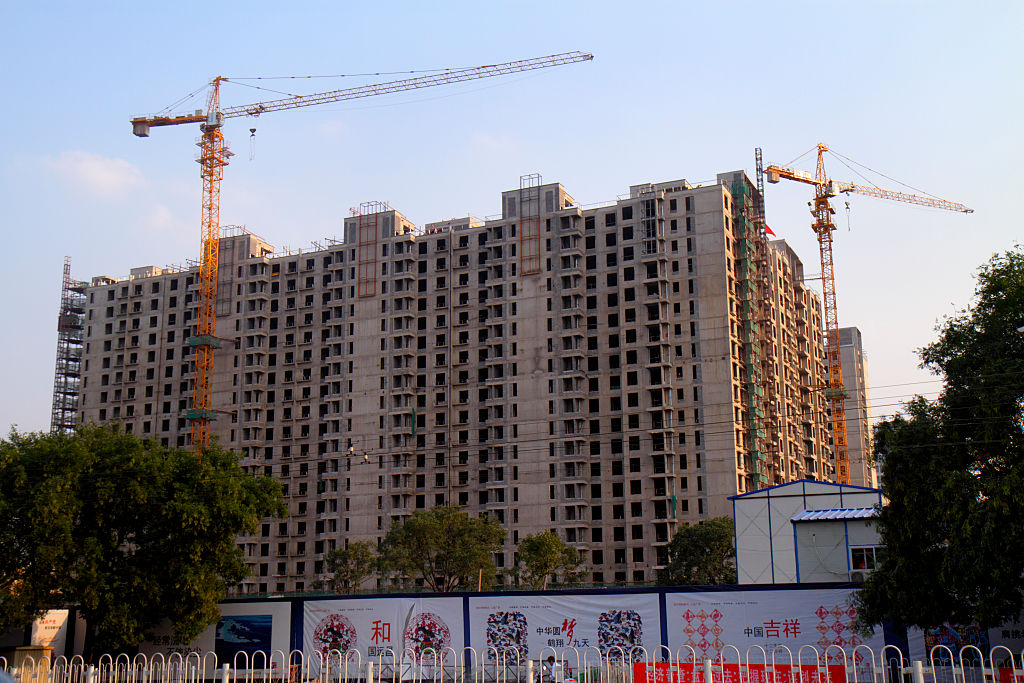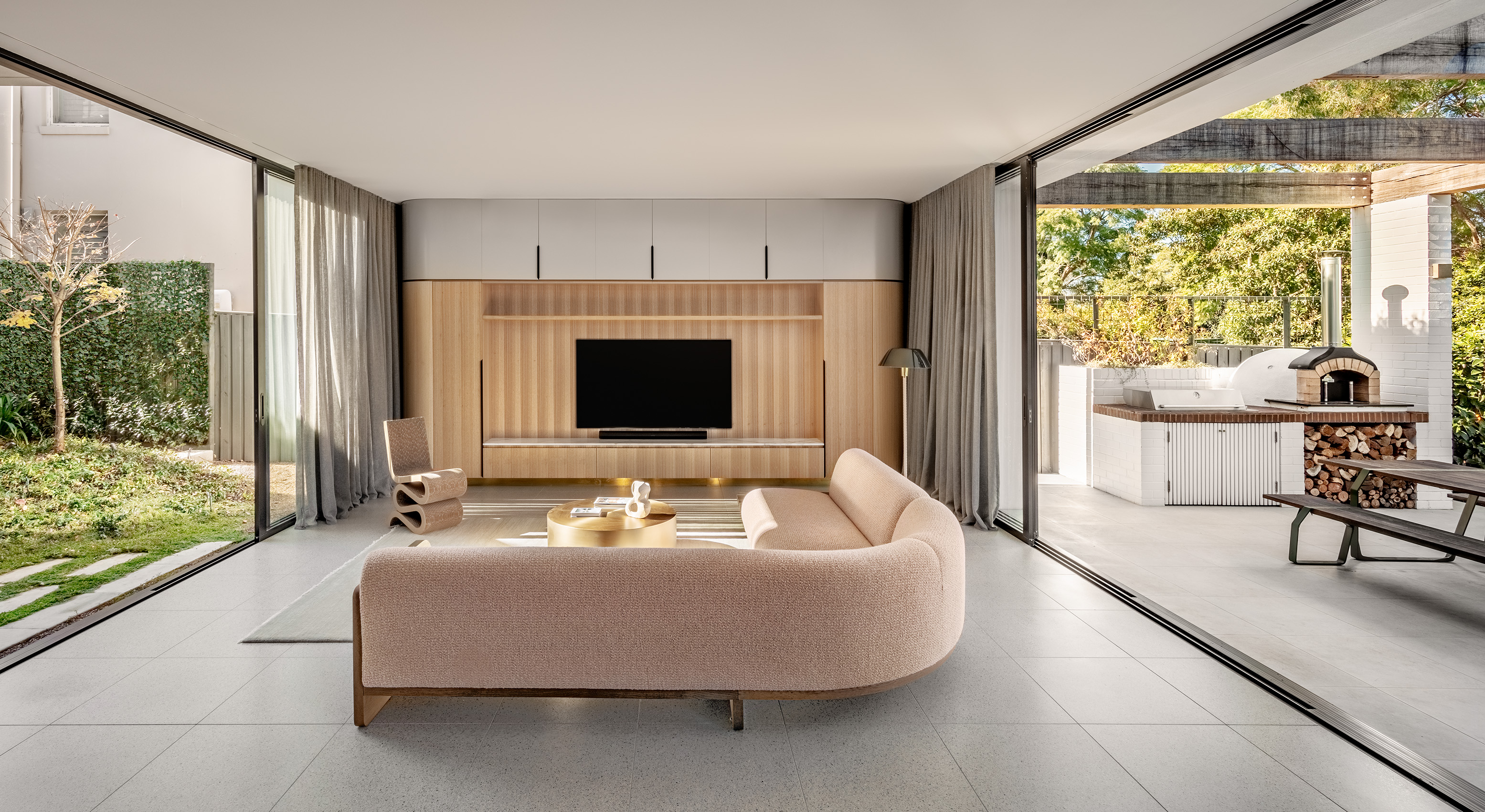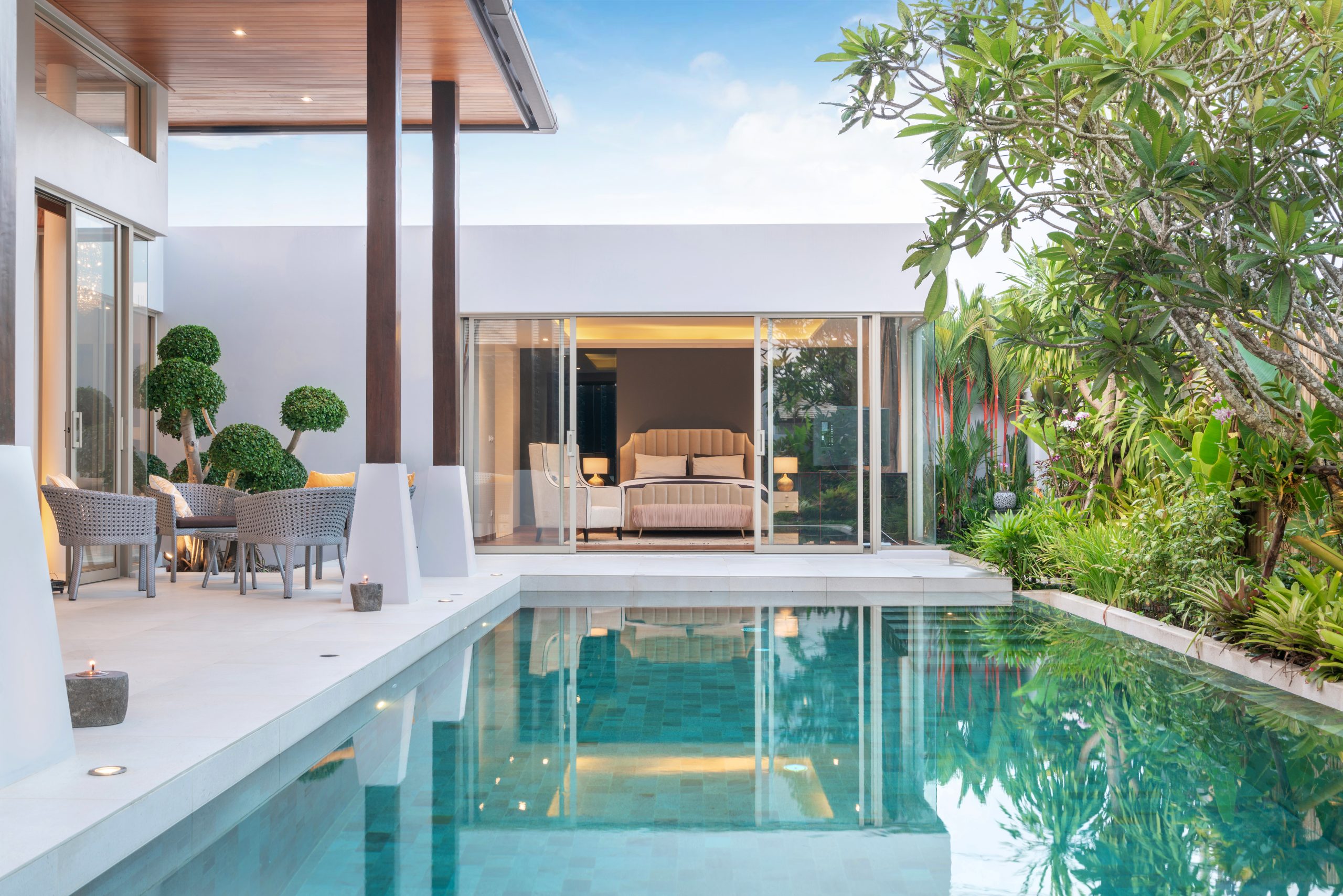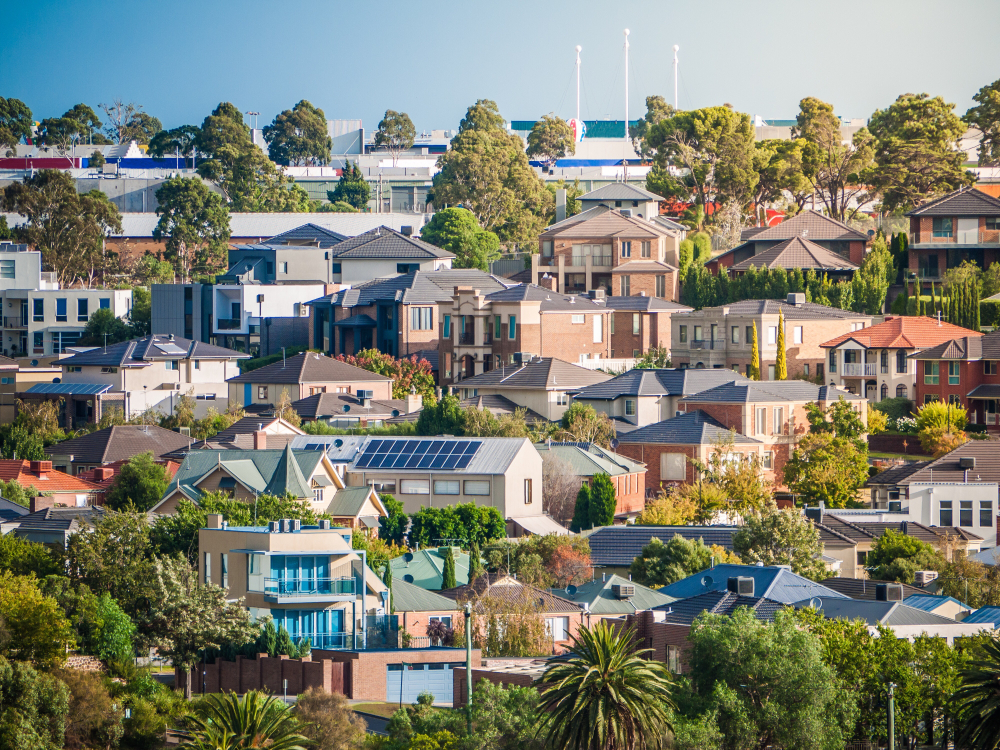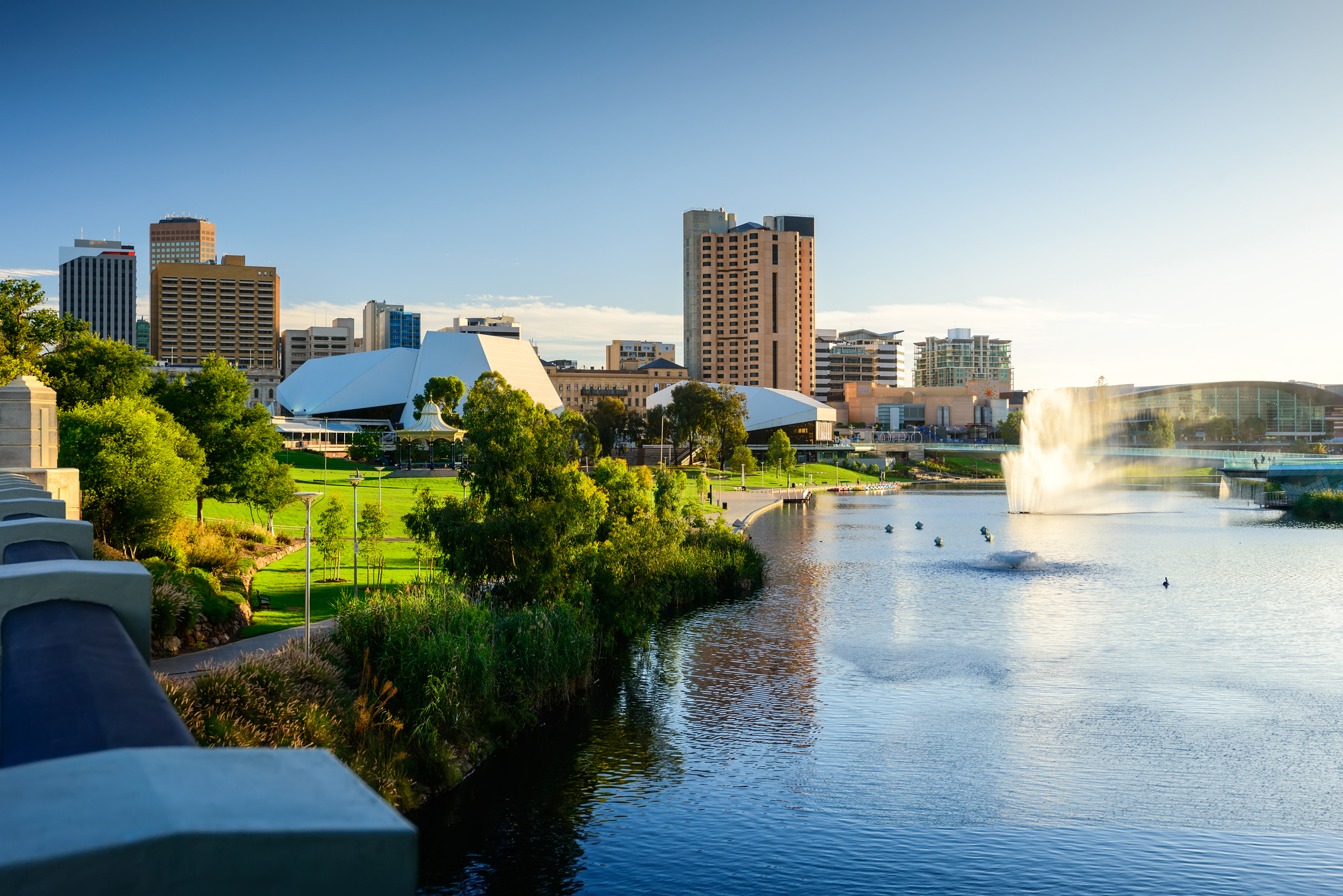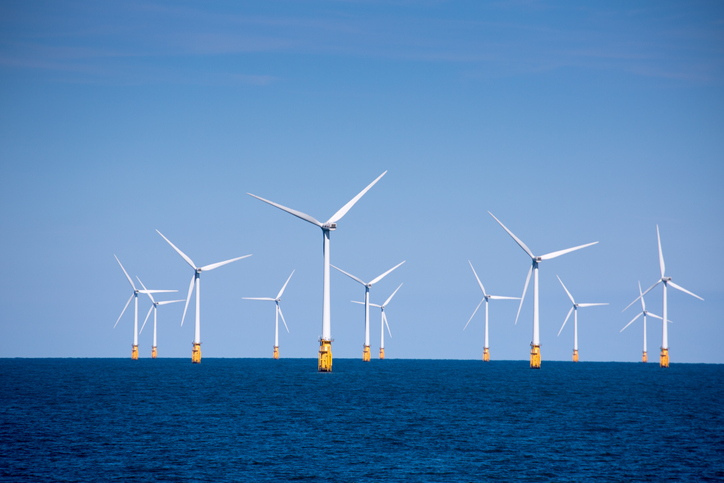Beijing’s Squeeze On Fragile Real-Estate Developers
Broad bank lending to the real-estate sector, and developers is being squeezed.
“Housing is for living, not for speculation,” has been a Chinese government mantra for almost half a decade. This year, it appears that slogan finally has teeth. But new restrictions on bank lending leave developers tapping a unique source of funding, which could have damaging consequences of its own.
Late last year, Chinese regulators announced that property lending should make up no more than 40% of banks’ total lending, effectively putting an end to years of steadily increasing exposure to real estate.
Looking across major Chinese banks’ results for 2020, they are very much at that limit in aggregate. At the big four—Bank of China, China Construction Bank, Agricultural Bank of China and Industrial and Commercial Bank of China—real-estate lending ran to between 37.5% and 42.2% of total loans, according to Capital IQ.
That adds to the squeeze on bond issuance from Beijing’s “three red lines” policy, which restricts further borrowing if developers don’t satisfy three leverage benchmarks. Most don’t, and issuance has eased to the smallest amount in three years in early 2021—down by a third relative to the same period in 2019—according to S&P Global Ratings.
That means a further shift to the last meaningful source of funding left, deposits direct from home buyers, is inevitable.
Deposits often constitute a large proportion of the property’s value and are now largely paid upfront, long before a property is actually built. Without a national escrow system in place, this allows developers to use today’s deposits to fund yesterday’s commitments.
China Vanke, one of China’s largest developers, reported 53.52 million square meters (about 576 million square feet) of projects it has sold but which remain unfinished. That is equivalent to more than 18 months of completions at last year’s building rate. Vanke’s unearned revenue figure—payments accepted for work not finished—sits at $104.15 billion, more than three times its level at the end of 2015, and jumped by around $7.8 billion in the first three months of 2021 alone.
That accelerated shift is also clear from official industrywide data. Deposits are now the largest single source of real-estate developer funding, and in the 12 months to March, deposits and advance payments rose 23.9%, far outstripping the 14.1% growth in other funding sources.
That makes domestic news reports about a growing number of frustrated buyers worried about repeated delays to construction, like one carried by Xinhua News Agency earlier this month, particularly interesting and concerning.
Chinese home buyers aren’t sophisticated creditors like bondholders or banks, but they carry unparalleled political weight. Leaving them to foot the bill for the excesses of fragile real-estate developers is a risky decision.
Reprinted by permission of The Wall Street Journal, Copyright 2021 Dow Jones & Company. Inc. All Rights Reserved Worldwide. Original date of publication: April 29, 2021.
 Copyright 2020, Dow Jones & Company, Inc. All Rights Reserved Worldwide. LEARN MORE
Copyright 2020, Dow Jones & Company, Inc. All Rights Reserved Worldwide. LEARN MORE
This stylish family home combines a classic palette and finishes with a flexible floorplan
Just 55 minutes from Sydney, make this your creative getaway located in the majestic Hawkesbury region.
Futureproof your home and maximise your return with design directions that focus on contemporary ways of living
Looking to build, or renovate, a home in 2024? You’re not alone. According to a recent study from Resolve Finance, over a third of Australian homeowners are planning to renovate their current properties in the next 12 months. And if the Federal Government achieves its ambitious goal of delivering 1.2 million new dwellings over the next five years, there will be many new home owners looking to build their dream home in 2024 and beyond.
But before tackling such a behemoth task, considering all the latest—and future—architectural trends is pivotal in your new build’s success. Award-winning architect and interior designer, Georgina Wilson said sustainability will be at the forefront for many interested in energy efficiency and saving money on power bills.
“Elements of passive design are moving into the mainstream. Improvements in the technology with double glazing, building wrapping and insulation are meaning that more people have access to these materials,” Ms Wilson said. “Solar has proven itself and homeowners are now looking for other ways to make their home more efficient.”
The following eight trends reflect a growing emphasis on sustainability, flexibility, and wellbeing in residential architecture, catering to the evolving needs and preferences of homeowners in 2024.
—
1). Consider your colour palette
The colours you use say everything about the type of spaces you want to foster, whether they be bright and warm, dark and moody, neutral — the list goes on. If we’re looking to trends, earthy, calming neutrals are in — think brown, beige and eucalyptus green. Colours that feel natural and soft, but welcoming provide an inviting environment that’s easy to live with.
However, interior designer and stylist, Jono Fleming said contrast is important to create interest and one of the most powerful ways to do this is through colour.
“It doesn’t have to be a big splash of colour, it could be introduced through smaller decorative objects, a statement furniture piece or an artwork, but the colour should add balance to the space,” he said.
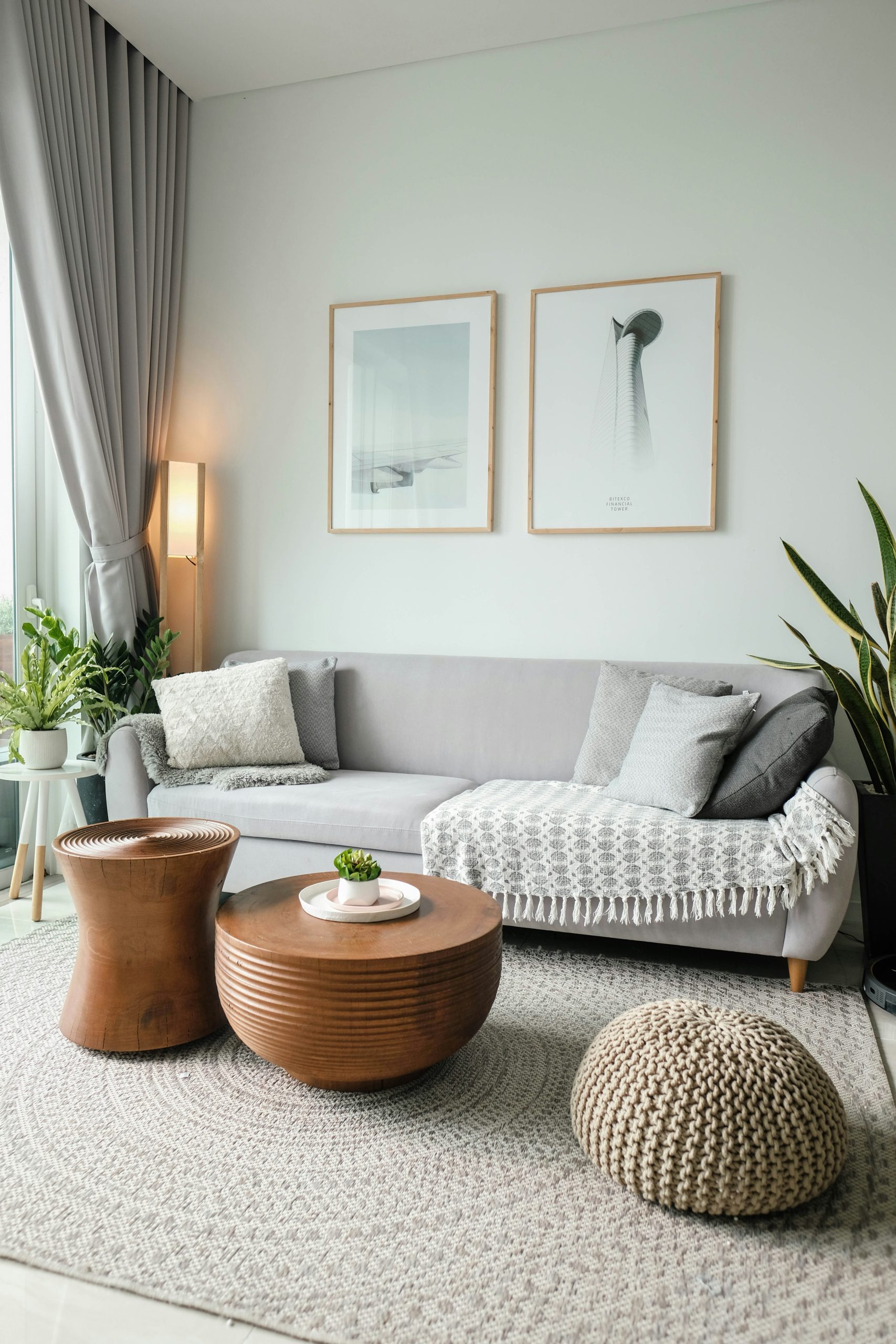
2). Modern, outdoor living areas
Ever since the COVID pandemic and subsequent lockdowns, expanding living spaces to the outdoors has gained in popularity. Features like plant-filled front porches, outdoor kitchens, fire pits, and cosy seating areas create inviting spaces for relaxation and entertainment for all family members.
“There has definitely been a greater appreciation for outdoor living spaces since COVID,” said Ms Wilson. “Outdoor fabrics and mechanisms for shading have greatly improved in recent years allowing people to fully embrace seamless indoor/outdoor living.”
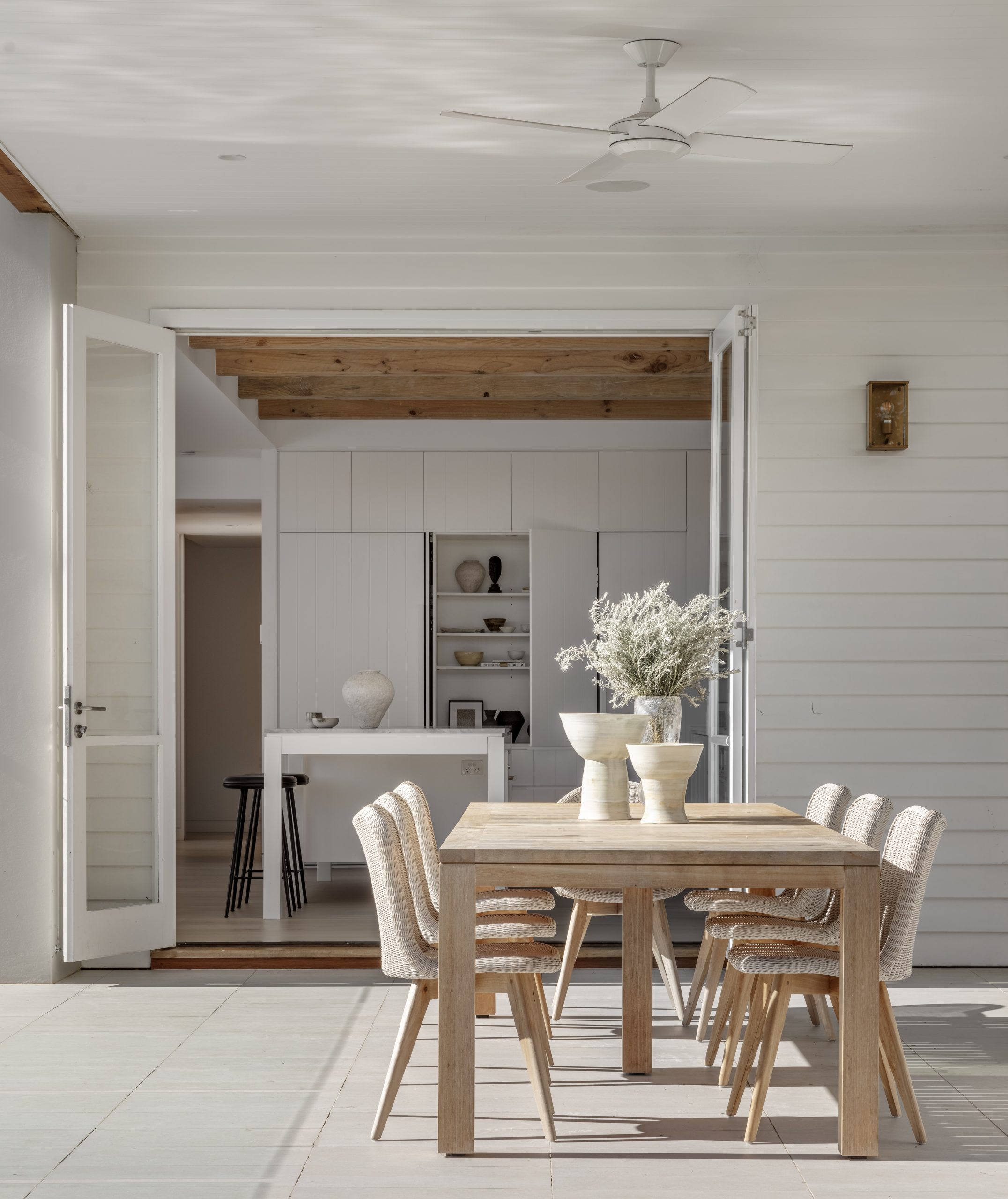
3). The integration of smart technology
Integrating smart home technology throughout your home continues to gain traction with homeowners. As we increasingly look to rely on technology to make our lives all the more seamless, smart technology throughout allows homeowners to control a variety of tasks and zones remotely, enhancing convenience, security, and even energy efficiency. This can include controlled heating and cooling from your phone, automatic lightning, voice control commands, and more.
“The technology for seamless appliances has come a long way. At Salone del Mobile Milano this year, we experienced the new Gaggenau fully integrated induction bench top, which in terms of kitchen design, is a huge advancement,” said Ms Wilson.
Gaggenau, the German manufacturer of high-end home appliances, is at the forefront of smart home technology, paving the way for intelligent cooking appliances that learn and adapt to user preferences. Gaggenau’s essential induction cooktop, the functional and seamless cooking surface Ms Wilson speaks of (pictured below), is designed to be “seamlessly integrated into a kitchen’s worktop”.
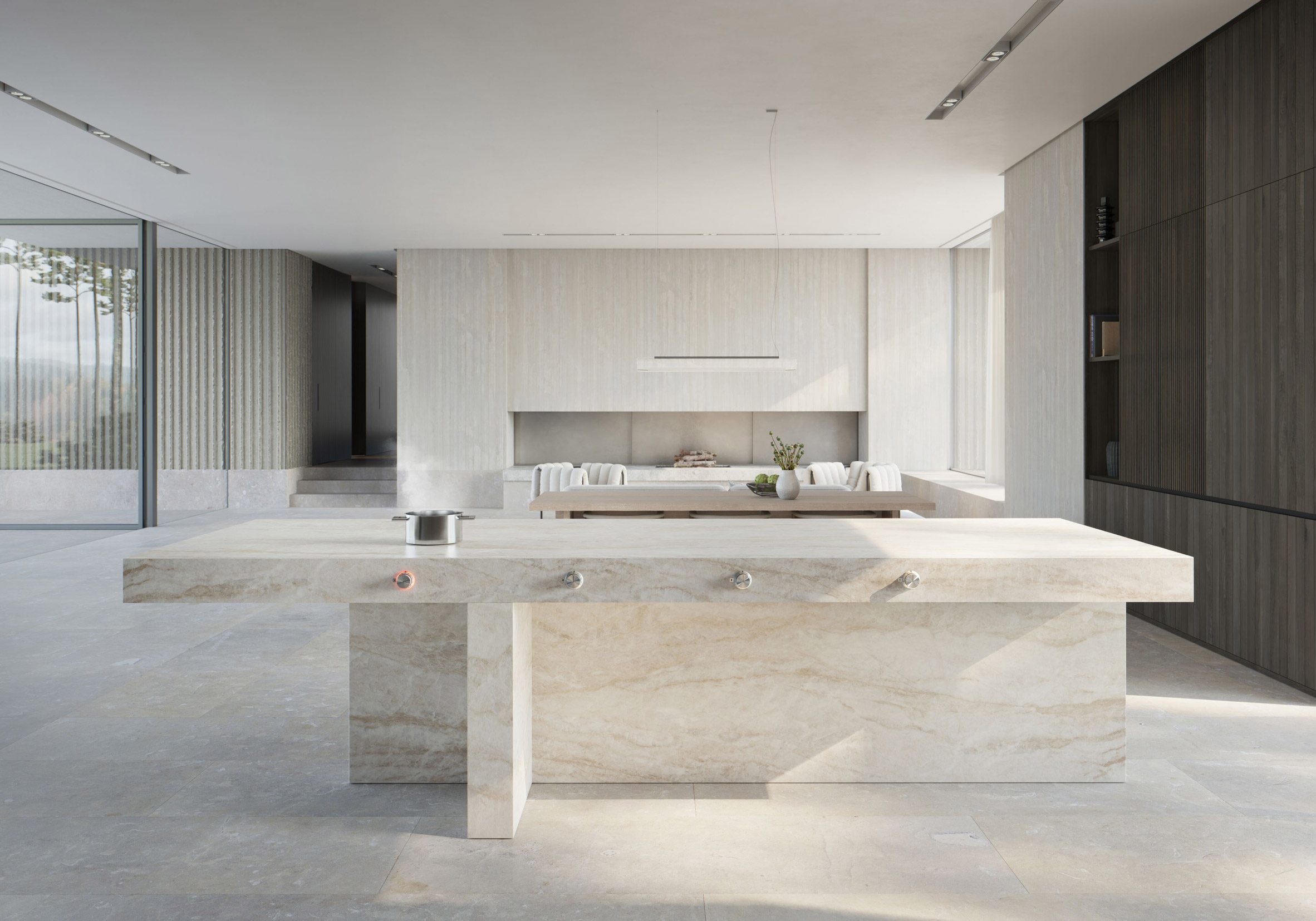
4). Health and wellness features
Prioritising health and wellness in 2024 is paramount, and home design that can include features like air purification systems, dedicated exercise spaces, recovering hubs—like saunas and ice baths—and relaxation areas to support physical and mental wellbeing will go a long way in not only adding value to your home, but providing a space that is architecturally on-trend and with the times.
“I’m seeing a lot of demand for in-built saunas, both traditional and infrared, particularly in the homes of our US clients,” said Ms Wilson.
“Bathroom suppliers such as Kohler, Duravit and Toto are offering increasingly sophisticated products that incorporate an almost spa-like experience in your at home bathroom. Examples of this are fantastic multi-nozzle showers and steam showers, Japanese toilets incorporating bidet technology, and elegant and serene bathroom furniture that can be fully customised for clients.”

5). Sustainability is key
A common goal among homeowners and future buyers alike is to own a property that is flexible enough grow with them. Futureproofing your home with sustainable measures will not only ensure its longevity, but it will help homeowners to play their part in addressing their carbon footprint.
“The current cost of living crisis is leading to a lot more multigenerational living, meaning families are prioritising durable materials and sustainable power sources, like solar,” said Ms Wilson.
Consider adding solar panels to your home, utilising sustainable materials in any upcoming renovations or builds, like recycled timber, and utilising energy-efficient lighting throughout your home.
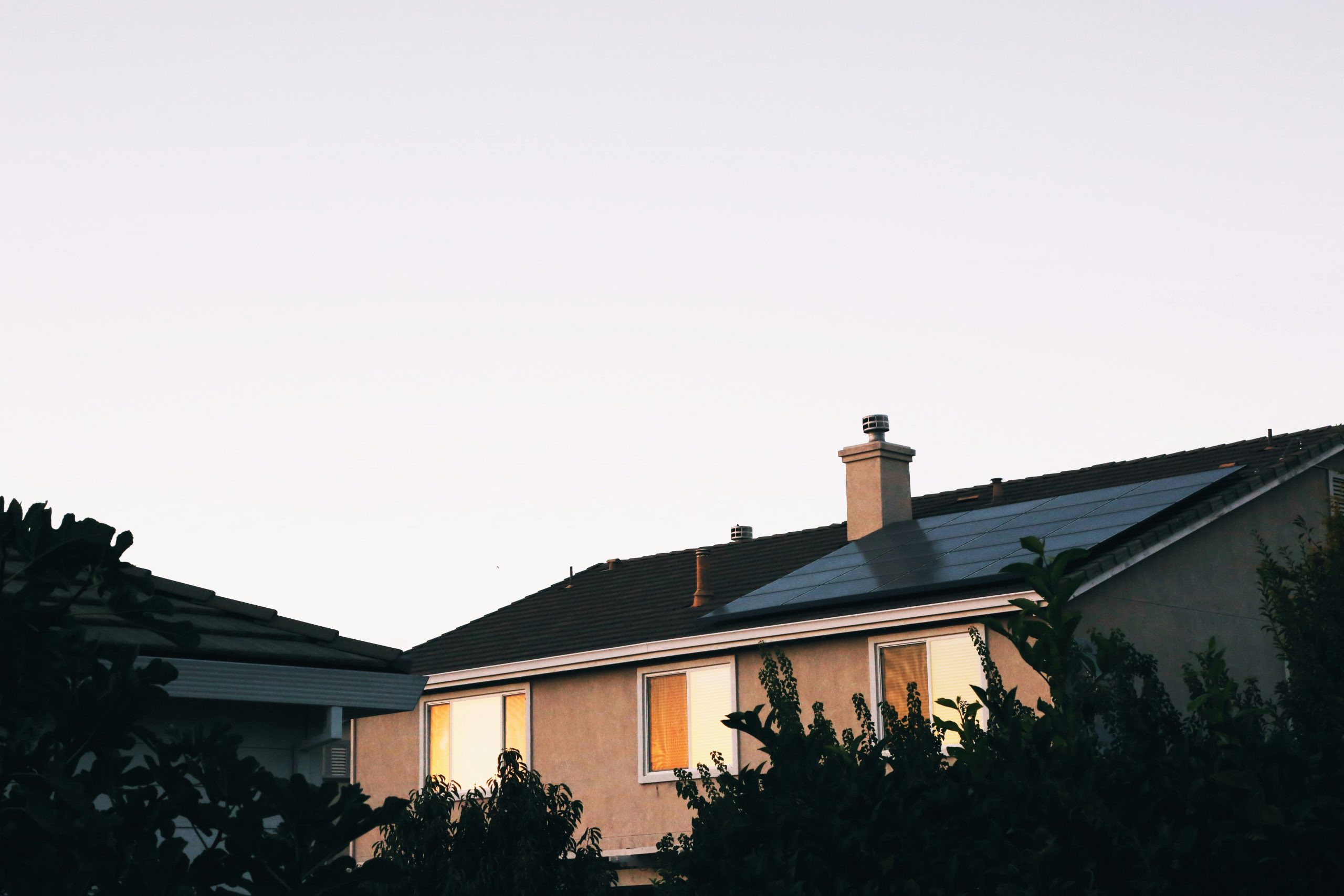
6). Minimalist design
Do as the Scandinavians do – introduce minimalist design into your home. Embrace simplicity and clean lines with a focus on interior design. Decluttering in main living spaces is surprisingly effective. Adopting the approach of ‘Swedish Death Cleaning’, which essentially involves slowly ridding your house of unwanted or unused items once you reach the other side of 50, will also help you whittle your possessions down to the beautiful and the necessary.
Minimalist design in home appliances is also making a resurgence in 2024 according to Ms Wilson.
“What I’ve been interested to see at Salone del Mobile Milano in 2024 is a huge return to stainless steel finishes, and more and more seamless integration of appliances,” said Ms Wilson.
“We’re seeing timeless materials in reimagined applications: copper baths and stainless steel basins are emerging trends with the potential to be timeless. These materials are so practical, and pair beautifully with natural stone and timbers.”
Above all, maximising different spaces through efficient and effective storage options will also do wonders in achieving that minimal aesthetic.
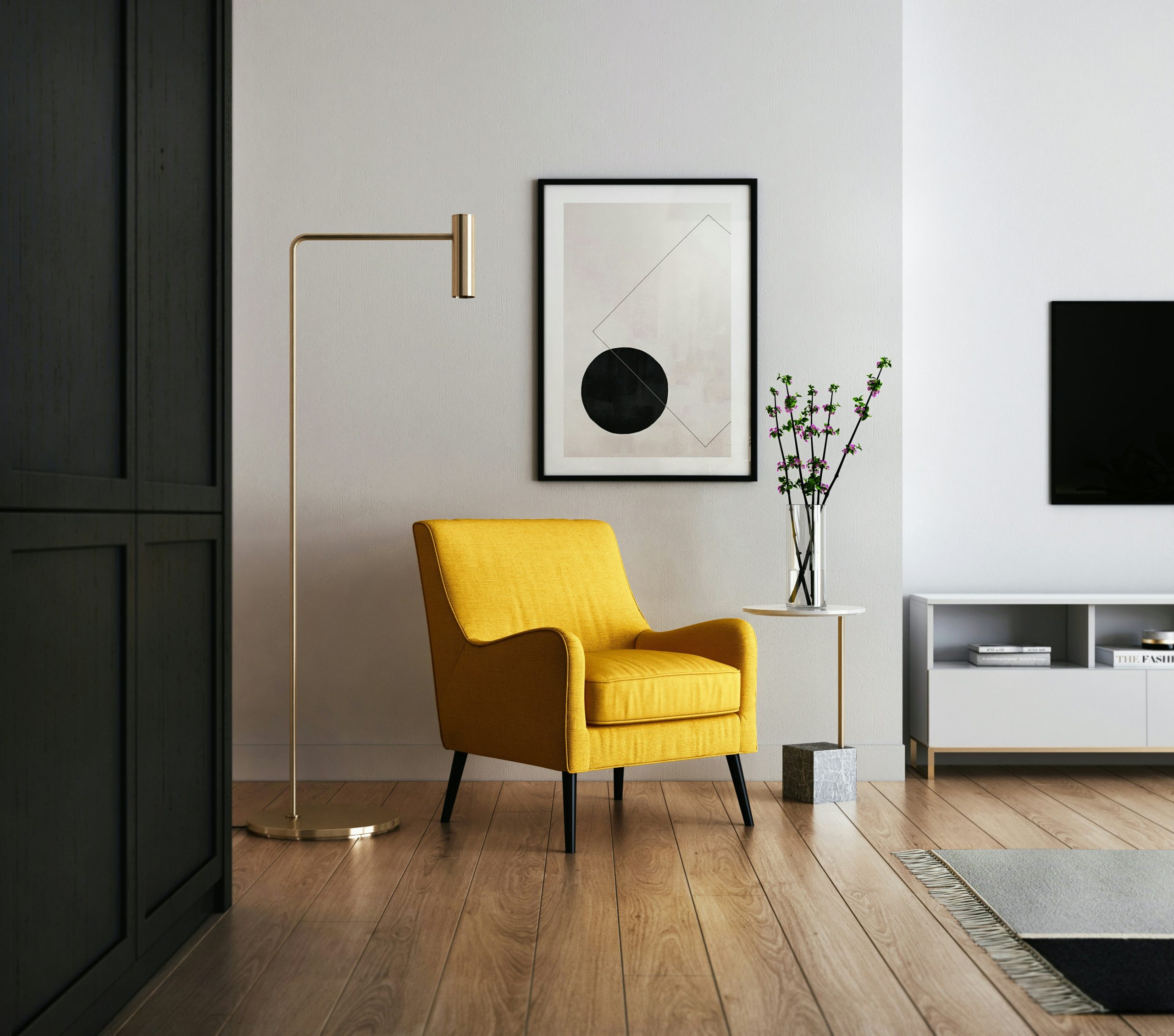
7). Multifunctional spaces
As we move towards greater efficiency of space, it’s useful to consider multifunctional spaces throughout your home. In 2024, we are seeing more homes incorporate multifunctional spaces and trends. This includes using multifunctional furniture in main bedrooms or living spaces—furniture that can act as storage ottomans or convertible sofa beds—as well as transforming wasted space, and open up indoor to outdoor living.
“Multifunctional spaces in homes are a great idea. Particularly in small homes, it makes a lot of sense to achieve maximum value out of the limited space available. The way you use a space can change as your family evolves over time, so it’s always good to design in such a way that allows for flexibility,” said Ms Wilson.
“Make sure that the functions you allocate to a single room are compatible with the space available and each other. For example, it works really well to combine a living room, a dining room and a kitchen in one open plan space because these are all public, lively spaces. It doesn’t work very well to combine, say a study, with these spaces because you will want control over the visual and acoustic privacy in a study.”

8). Think about biophilic design
A buzz word among architects and interior designers, biophilic design is one of the strongest trends in 2024 thanks to its benefits in garnering a sense of harmony and connection between your home and the environment. Consider incorporating natural elements into home design, such as large windows to maximise natural light, indoor gardens, and natural materials like wood and stone.
“Biophilic design is a timeless principle, in that home design should connect people in a positive way with their natural environment by maximising access to, and the ability to control, natural light and ventilation, which really helps to create an enjoyable (and healthier) environment to live in,” said Ms Wilson.
“Increasingly, there is a demand for this positive relationship to the natural environment; by leaning on the principles of biophilic design, you can create a haven and retreat at home that can help with the daily stresses of life.”
Ways to foster that indoor-outdoor connection can be through the addition of smaller internal courtyard spaces filled with greenery, or incorporating indoor plants and adding greenery into different rooms throughout your home.
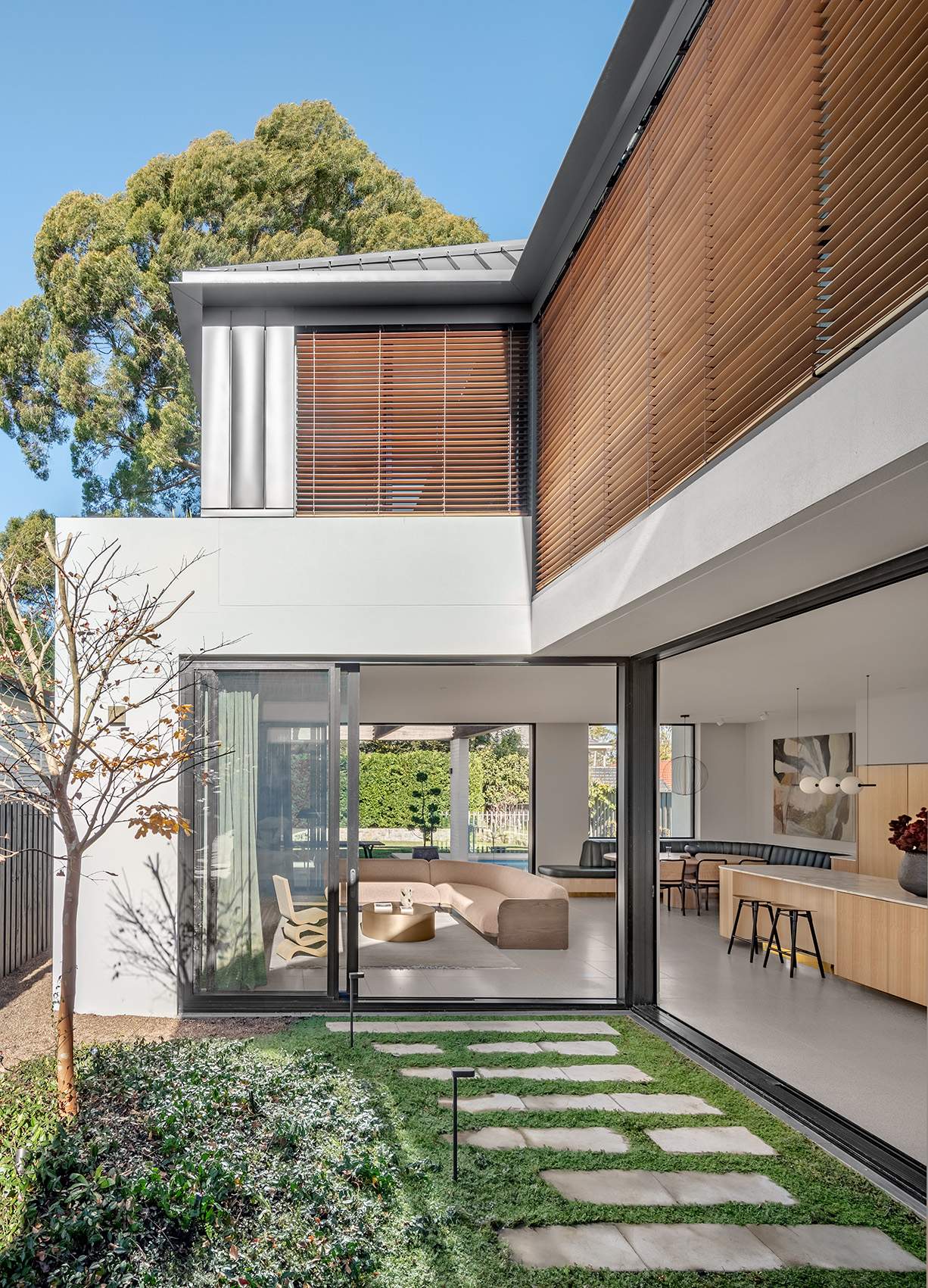
—
Consumers are going to gravitate toward applications powered by the buzzy new technology, analyst Michael Wolf predicts
This stylish family home combines a classic palette and finishes with a flexible floorplan









